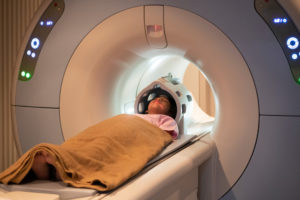
Research focus – Transformed understanding of female minipuberty
Marie Lindhardt Ljubicic discusses recent findings from the COPENHAGEN Minipuberty Study, which shed new light on this developmental stage in baby girls.

Marie Lindhardt Ljubicic discusses recent findings from the COPENHAGEN Minipuberty Study, which shed new light on this developmental stage in baby girls.

More than half of girls with central precocious puberty have abnormal findings on magnetic resonance imaging of the brain, report researchers.
A study of preterm boys shows increased androgen levels at the estimated time of birth in those with low birthweight.
Most young people treated within a paediatric gender identity development service remain committed to pursuing hormonal treatment in line with their perceived gender, research shows.

Most children and adolescents who identify as transgender or gender variant continue with hormone interventions after discharge from youth endocrine services, a study shows.

Researchers report a “biphasic and prolonged” minipuberty in girls, and provide reference ranges for reproductive hormones during the first year of life.

A 4-year-old girl is referred to the local paediatric endocrine unit with signs of pubertal development.
A study of Brazilian children with isolated SHOX haploinsufficency who were followed up until adult height has demonstrated a long-term benefit of recombinant human growth hormone therapy with or without puberty modulator treatment.
A large study shows that growth in the first 5 years of life is associated with age at pubertal onset.
The 3-year findings of the REAL 3 trial show that weekly somapacitan continued to deliver equivalent height gains and safety results to that achieved with standard daily recombinant human growth hormone treatment in children with growth hormone deficiency.